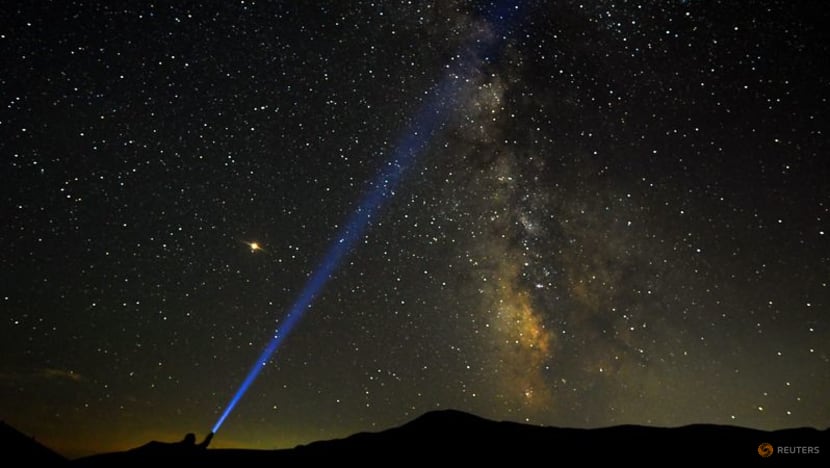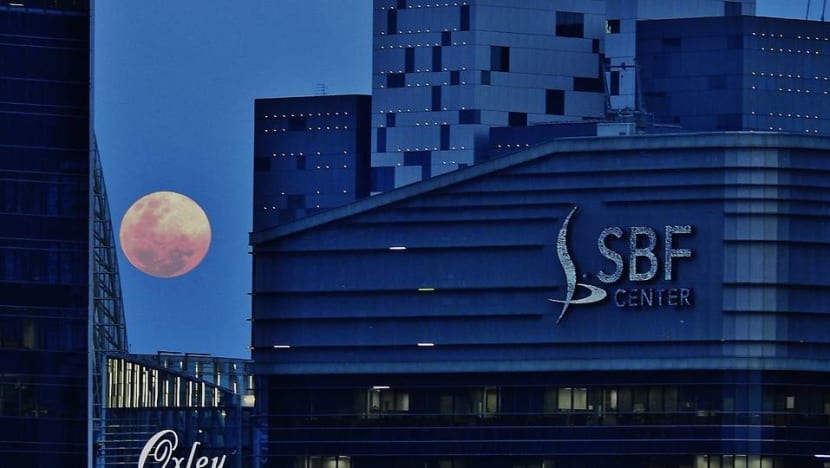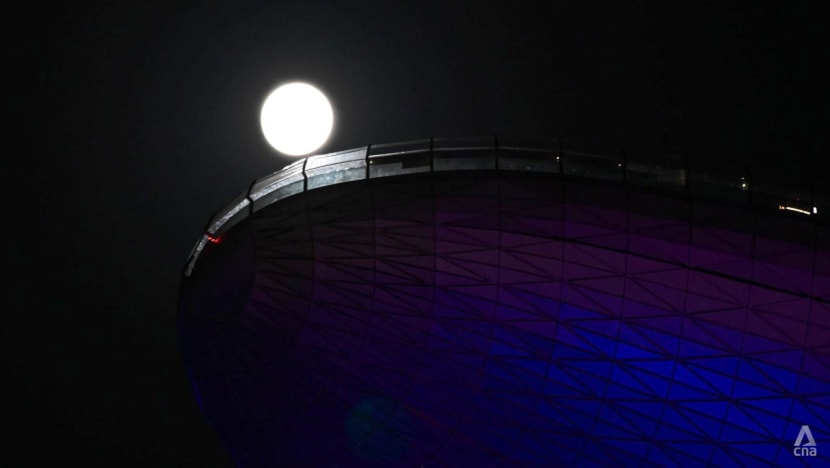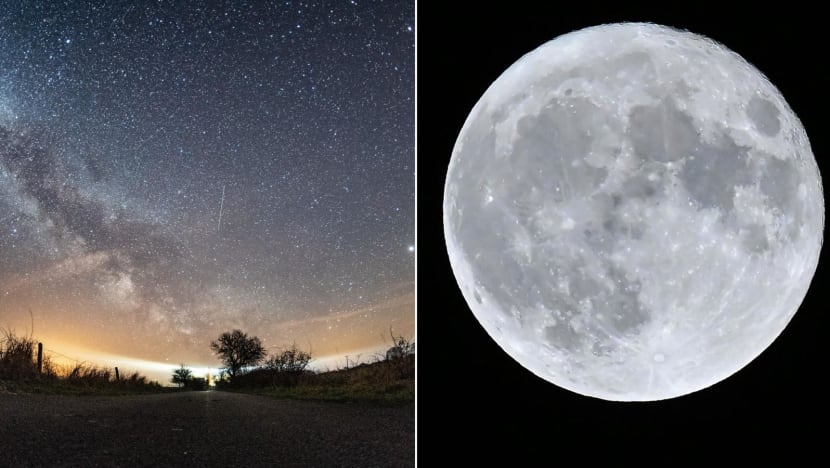Table of Contents
In the vast expanse of the night sky, celestial events like meteor showers and supermoons offer captivating displays for skygazers. As we delve into 2024, anticipation mounts for a series of astronomical marvels that promise to mesmerize observers worldwide. From meteoric fireworks to the luminous spectacle of supermoons, the cosmos beckons with its timeless allure.
Exploring Meteor Showers
Lyrids: A Storied Celestial Phenomenon
The month of April heralds the arrival of the Lyrids meteor shower, an ancient celestial spectacle dating back over 2,700 years. Anticipated to peak around April 22, these swift and luminous meteors paint streaks across the night canvas, captivating beholders with their brilliance. While not as abundant as the famed Perseids, the Lyrids exude their own celestial charm.
Eta Aquarids: Trailing Glows of Stardust
Following closely in May, the Eta Aquarids meteor shower takes center stage, known for its speedy meteors leaving luminous “trains” in their wake. With approximately 30 meteors per hour during its peak, this cosmic display promises a captivating spectacle for sky enthusiasts.
Perseids and Geminids: August and December Delights

August heralds the arrival of the Perseids, showering the night sky with their radiant glow between August 12 and 13. Named after the constellation Perseus, these meteors illuminate the heavens with their brilliance. December offers its own celestial treat with the Geminids, peaking on the night between December 13 and 14, casting a celestial spell over the year’s end.
Supermoons: Illuminating the Night Sky
The Majesty of Supermoons
From August to November, the celestial stage is set for four consecutive supermoons, each illuminating the night with its resplendent glow. Among them, October’s supermoon reigns supreme, casting its luminous embrace upon Earth from its closest proximity. Notably, August’s Sturgeon Moon doubles as a Blue Moon, adding an enchanting twist to its celestial dance.

Witnessing the Supermoon Splendor
As these celestial giants grace the night sky, their appearance varies with atmospheric conditions and viewing locations. For optimal viewing, seek elevated vantage points such as Marina Barrage, East Coast Park, or the Southern Ridges, where the cityscape serves as a picturesque backdrop to the lunar spectacle.
Read More: Remembering Dickey Betts: Allman Brothers Co-Founder and Southern Rock
Embracing Stargazing Adventures
Journeying with SCOB
For those seeking to delve deeper into the cosmos, the Science Centre Observatory (SCOB) in Singapore offers immersive stargazing experiences. Nestled near the equator, SCOB provides unparalleled vistas of both the northern and southern celestial hemispheres, enriching the stargazing journey.

Engaging with the Night Sky
SCOB’s stargazing programmes, featuring planetarium shows and guided stargazing sessions, provide enriching opportunities to explore the wonders of the universe. From awe-inspiring live shows to hands-on telescope experiences, participants can embark on a celestial journey guided by knowledgeable science educators.
Read More: All the Songs Taylor Swift Seemingly Wrote About Travis Kelce on The Tortured Poets Department
Conclusion
In 2024, the celestial calendar brims with anticipation as meteor showers and supermoons adorn the night sky with their celestial splendor. From the ancient trails of the Lyrids to the resplendent glow of supermoons, each cosmic event invites us to gaze skyward and marvel at the wonders of the universe.
FAQs
1. When is the best time to view meteor showers?
- Meteor showers are best observed during their peak times, typically late at night or early in the morning when the sky is darkest.
2. Where can I go stargazing in Singapore?
- Opt for unblocked open areas with minimal light pollution, such as nature parks, beaches, or reservoirs, for the best stargazing experience.
3. How can I participate in SCOB’s stargazing programmes?
- SCOB’s stargazing programmes are open to the public and usually held on specified Fridays of the month. Check their website for details and registration.
4. What should I bring for a stargazing session?
- Be sure to dress warmly and bring along essentials like a telescope (if available), binoculars, snacks, and a sense of wonder.
5. Can I capture photos of meteor showers and supermoons with my smartphone?
- While smartphones can capture basic images, for optimal results, consider using a DSLR camera with manual settings for astrophotography.

